How Do I Know Camera Filter Size?
When it comes to photography, understanding the various components of your camera and its accessories is crucial for achieving the best results. One such component that often confuses beginners and even some seasoned photographers is the camera filter size. Knowing the correct filter size for your camera lens is essential for ensuring compatibility and achieving the desired photographic effects. In this article, we will delve into the different methods to determine your camera filter size, the importance of using the correct size, and some practical tips for managing your filters.
Understanding Camera Filter Size

Camera filters are accessories that attach to the front of your camera lens to modify the light entering the lens. They can enhance colors, reduce reflections, and protect the lens, among other functions. The filter size is essentially the diameter of the filter, which must match the diameter of your lens's front element to fit properly.
Methods to Determine Camera Filter Size
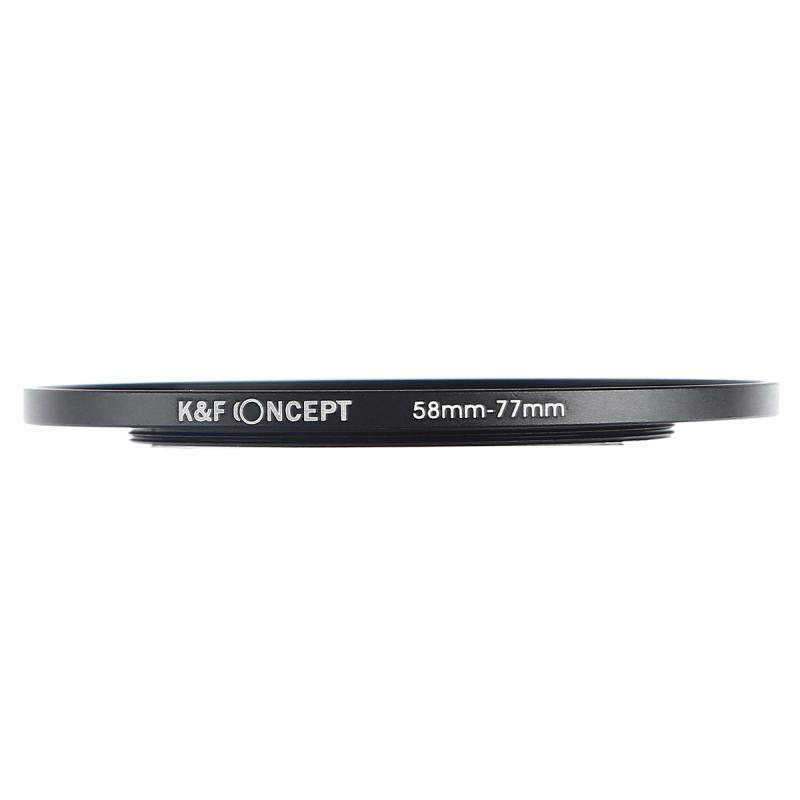
1. Check the Lens Cap
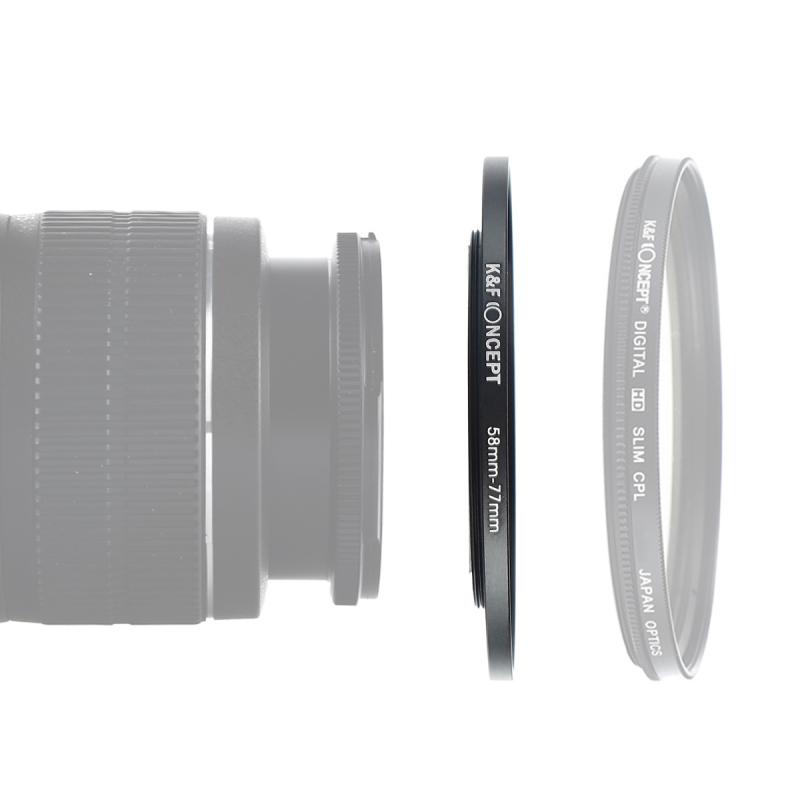
One of the simplest ways to determine your camera filter size is by looking at the lens cap. Most lens caps have the filter size printed on them. This is usually indicated by a number followed by the symbol "Ø" (diameter). For example, if you see "Ø58mm" on your lens cap, it means your lens has a 58mm filter thread.
2. Look at the Lens Barrel
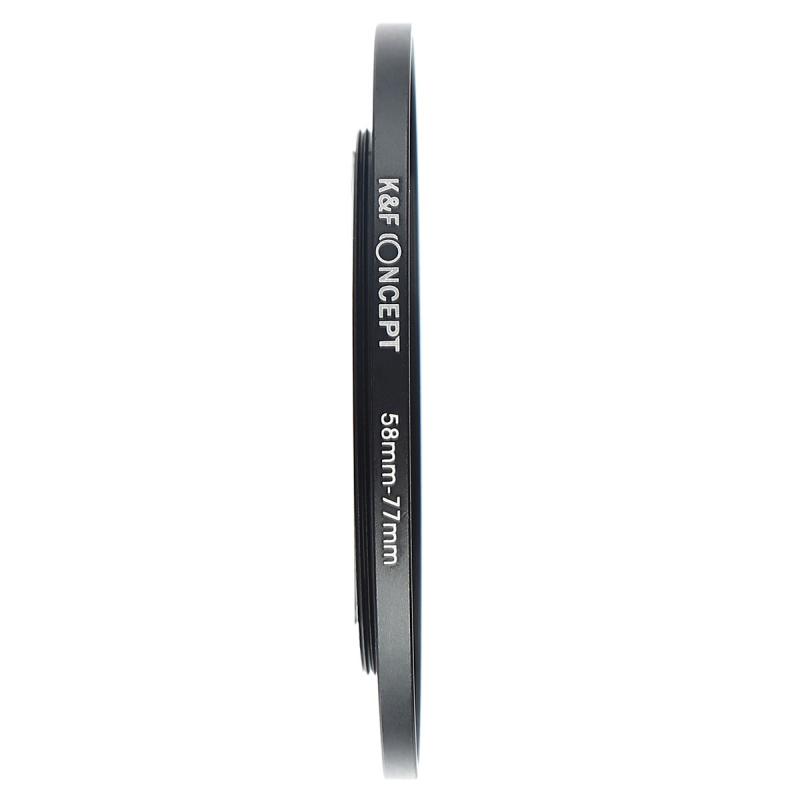
Another straightforward method is to check the lens barrel itself. Manufacturers often print the filter size on the front or side of the lens barrel. Look for a number followed by the "Ø" symbol. This information is usually located near the front element of the lens.
3. Refer to the Lens Manual
If you still have the manual that came with your lens, it will undoubtedly contain information about the filter size. The manual will list all the specifications of the lens, including the filter thread diameter.
4. Manufacturer's Website
If you don't have the lens cap, can't find the information on the lens barrel, and have lost the manual, the manufacturer's website is a reliable resource. Most manufacturers provide detailed specifications for their lenses online, including the filter size.
5. Use a Measuring Tool
In the absence of all other options, you can use a caliper or a ruler to measure the diameter of the front element of your lens. This method is less precise but can give you a rough estimate of the filter size.
Importance of Using the Correct Filter Size
Using the correct filter size is crucial for several reasons:
1. Proper Fit
A filter that is too small or too large will not fit properly on your lens. This can lead to light leaks, vignetting (darkening of the corners of the image), or even damage to the lens or filter.
2. Optimal Performance
Filters are designed to work best when they fit snugly on the lens. A proper fit ensures that the filter can effectively modify the light entering the lens, providing the desired effect without any unwanted artifacts.
3. Lens Protection
One of the primary uses of filters, especially UV or clear filters, is to protect the front element of the lens from dust, scratches, and other potential damage. A filter that doesn't fit properly cannot provide adequate protection.
Practical Tips for Managing Your Filters
1. Use Step-Up or Step-Down Rings
If you have multiple lenses with different filter sizes, investing in step-up or step-down rings can be a cost-effective solution. These rings allow you to use a filter of one size on lenses with different filter thread diameters. For example, a step-up ring can let you use a 77mm filter on a lens with a 67mm thread.
2. Label Your Filters
To avoid confusion, label your filters with their size and type. This can save you time when you're in the field and need to quickly find the right filter for your lens.
3. Store Filters Properly
Filters are delicate and can easily get scratched or damaged. Store them in a protective case when not in use. Some cases are designed to hold multiple filters, making it easier to keep them organized and protected.
4. Clean Filters Regularly
Dust, fingerprints, and smudges can affect the performance of your filters. Clean them regularly using a microfiber cloth and lens cleaning solution. Avoid using harsh chemicals or abrasive materials that can scratch the filter surface.
Knowing your camera filter size is a fundamental aspect of photography that can significantly impact the quality of your images. By using the methods outlined in this article, you can easily determine the correct filter size for your lens. Remember, using the right filter size ensures a proper fit, optimal performance, and adequate protection for your lens. Additionally, practical tips like using step-up or step-down rings, labeling your filters, storing them properly, and cleaning them regularly can help you manage your filters more effectively.
Whether you're a beginner or an experienced photographer, understanding and managing your camera filters can enhance your photographic experience and help you achieve the best possible results. So, take the time to determine your filter size and invest in the right filters for your lenses. Your images will thank you for it.


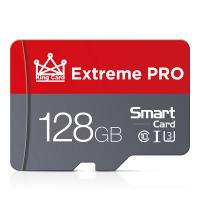
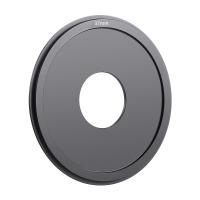
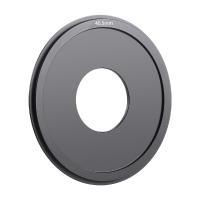

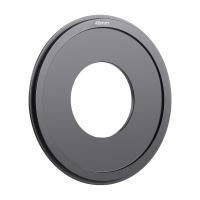

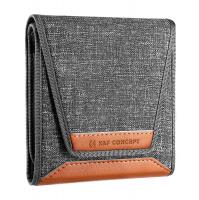
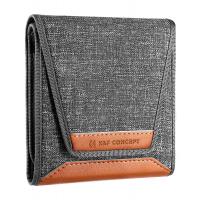
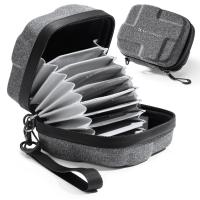
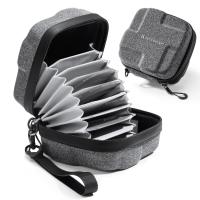


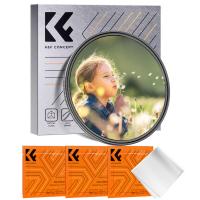

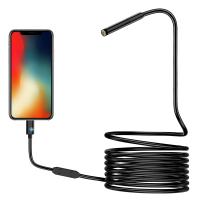
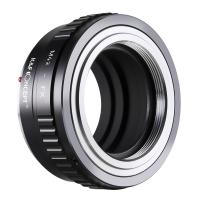


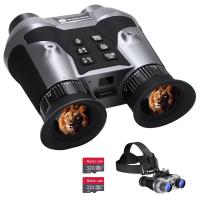
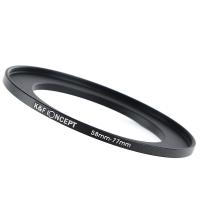

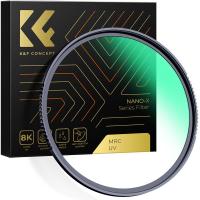
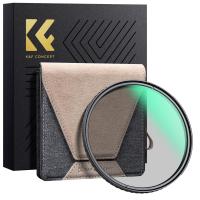
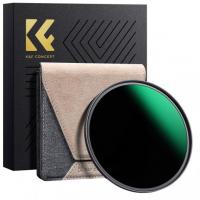
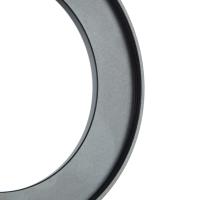
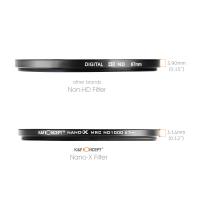
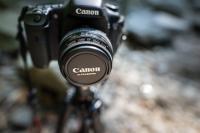
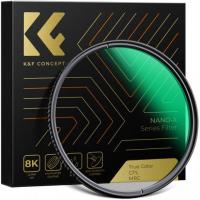




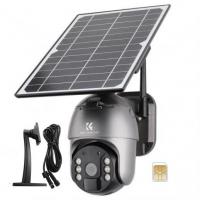

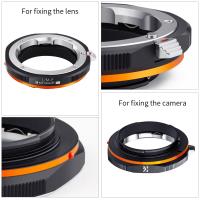



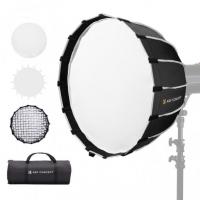
There are no comments for this blog.